
Experience in growing tomatoes in pots with lots of fruit, plant one plant and eat all year round, no need to buy

How to Grow Tomatoes Easily and Harvest All Year Round
Growing tomatoes isn’t difficult. Once you understand a few key principles, your tomato plants can thrive and produce fruit almost continuously throughout the year.
1. Choosing the Right Tomato Variety
The first and most important step when growing tomatoes is selecting the right variety. Many people don’t realize that there are two main types of tomatoes: single-harvest (determinate) and multi-harvest (indeterminate) varieties.
-
Single-harvest varieties usually produce large fruits with only a few tomatoes per cluster. These plants grow to a certain height, produce fruit once, and then stop developing — the growing tip eventually dies off. Their growing period typically lasts around 3–4 months.
-
Multi-harvest varieties, such as cherry or grape tomatoes, produce small fruits that grow in clusters. Depending on the specific cultivar, their growth patterns and space requirements may vary. These plants can continue producing fruit for a long period, sometimes throughout the year if properly cared for. With the right maintenance, even potted tomato plants can yield plenty of delicious fruit with excellent quality.
2. Preparing Materials
To grow tomatoes successfully, you’ll need the following:
-
Containers: plant pots or growing trays
-
Seed trays for germination
-
Tomato seeds of your chosen variety
-
Trellis or support strings for vines
-
Fertilizers: organic compost pellets, NPK fertilizer (for fruiting plants), fish fertilizer, and worm castings
-
Pest control: anti-fungal and insect protection products
-
Agricultural lime and Trichoderma fungi to prevent soil-borne diseases
When deciding how many plants to grow per pot, consider pot size:
-
A 15–20 liter pot should hold only one plant.
-
A 30–50 liter pot can support two plants.
Larger pots allow the root system to expand more freely, which means stronger plants, bigger fruits, and better yields overall.
3. Preparing the Soil
Tomatoes love well-draining, nutrient-rich soil. To achieve this, mix:
-
60% clean garden soil
-
40% organic material such as rice husks, coconut fiber, or crushed peanut shells
Add a small amount of agricultural lime, worm castings, and Trichoderma fungi to the mixture. Water until moist, then cover and rest the soil for 7–10 days to allow nutrients to balance and beneficial microbes to develop.
If you are reusing old soil, flush it 2–3 times with clean water to remove leftover fertilizer salts, then sun-dry it for 7–10 days before re-mixing it with organic matter and fertilizer as above.
4. Germinating the Seeds
Soak the tomato seeds in clean water for about 2 hours, then wrap them in a damp cloth and seal inside a small plastic bag. Store the bag in a shady, well-ventilated place until the seeds sprout — usually within 24–48 hours.
Once you notice small root tips emerging, sow the seeds in your seed trays. Place each seed horizontally or slightly tilted so that the root faces downward. Keep the soil moist but not soggy and store the tray in a cool, shaded area. After 2–3 days, the seedlings will begin to appear. Move the tray to a location with gentle sunlight, protecting it from direct rain.
Water the seedlings twice a day — early morning and late afternoon — and you can also feed them with diluted worm-casting tea or fish fertilizer once they have sprouted.
When seedlings reach 10–15 cm tall, they are ready for transplanting.
5. Transplanting the Seedlings
Carefully transfer the seedlings into larger pots, making sure the soil level in the pot is even with the soil ball from the tray. You can bury a small portion of the tomato stem beneath the soil to encourage extra root growth, which helps the plant absorb nutrients better. (Note: only do this with fresh soil, not reused soil from previous crops.)
6. Caring for Tomato Plants
During the early growth phase, simply water your plants twice daily — once in the morning and once in the late afternoon. If it rains, skip watering for that day. You won’t need additional fertilizer during this stage, as the soil mix already contains nutrients.
After 5–7 days, start applying fertilizer. Mix worm castings with granular organic fertilizer and spread them around the base of the plant (avoiding direct contact with the stem). After another 3 days, water the plant with diluted fish fertilizer.
Continue fertilizing once a week until the plant starts to flower. It’s best to remove the first flower cluster, allowing the plant to develop strong branches and leaves. You can keep the second and third clusters to set fruit.
As the plant grows taller, install a support trellis or string to prevent it from breaking or toppling over during rain or wind.
7. Flowering and Fruiting Stage
When the tomato plant starts to flower, it requires extra nutrients — particularly potassium (K) and calcium (Ca) — to ensure abundant fruit set and reduce flower or fruit drop. This is the ideal time to apply NPK fertilizer formulated for fruiting plants.
Each plant needs about 1.8 to 2 liters of water daily, depending on weather conditions.
Tomatoes typically take 1.5 months from transplanting to begin flowering and fruiting. Another month later, the fruits will fully ripen and be ready for harvest. Including germination time, you can expect your first harvest in about 3 months.
8. Harvesting and Protection
When the fruits begin turning red and the stems start to yellow slightly, it’s time to harvest. However, if heavy rain occurs while the fruits are ripening, cover the base of the plant with plastic or nylon sheets to prevent cracking. You can also sprinkle agricultural lime around the soil surface for extra protection.
Adding a small dose of potassium fertilizer during the final ripening phase helps make the tomatoes sweeter and more flavorful. Once the fruits turn a deep orange-red color and the stem begins to yellow, your tomatoes are ready to pick.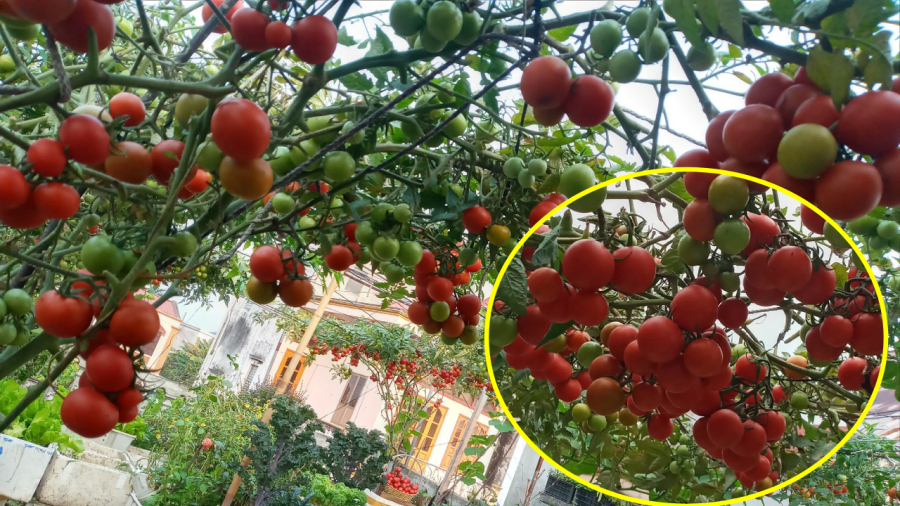
🌱 Extra Tips for Continuous Harvests
-
Rotate your pots every few months to rest the soil and avoid disease buildup.
-
Prune side shoots regularly to maintain airflow and encourage larger fruit.
-
Grow a few plants at different stages so you can harvest continuously throughout the year.
-
If possible, place your plants where they get at least 6 hours of sunlight per day for optimal growth.
With a bit of care and patience, you’ll be rewarded with healthy, vibrant tomato plants and a steady supply of fresh, homegrown tomatoes — all year long!
News in the same category

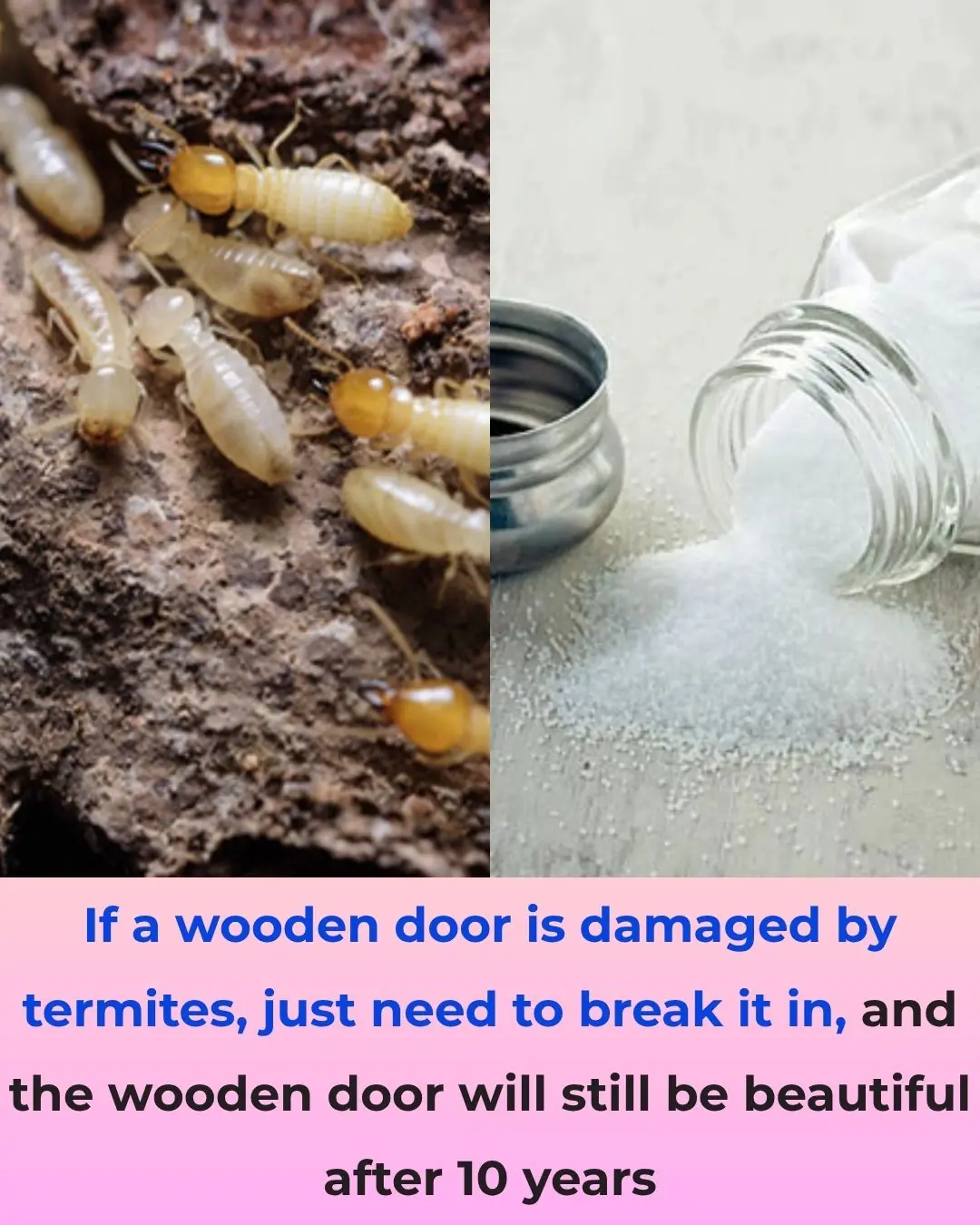
Get Rid of Termites in Wooden Doors Easily – Keep Your Wood Beautiful for 10 Years

What you see reveals your personality

You’re doing it all wrong. Here’s the right way to store knives

You’re doing it all wrong. Here’s the right way to unclog your drain

10 cooking cleanup habits you’re doing wrong

Genius!

Need some assistance here
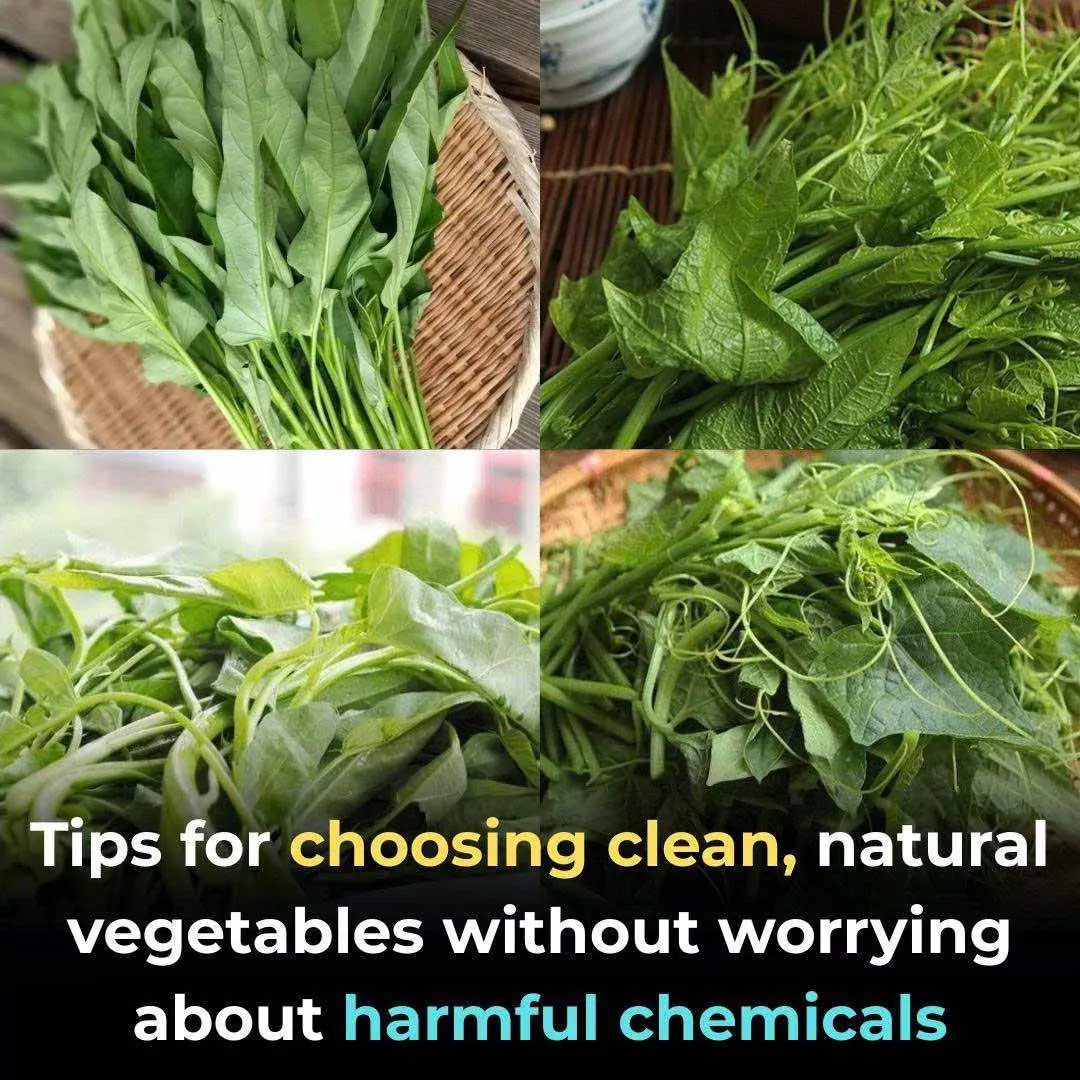
Tips for choosing clean, natural vegetables without worrying about harmful chemicals
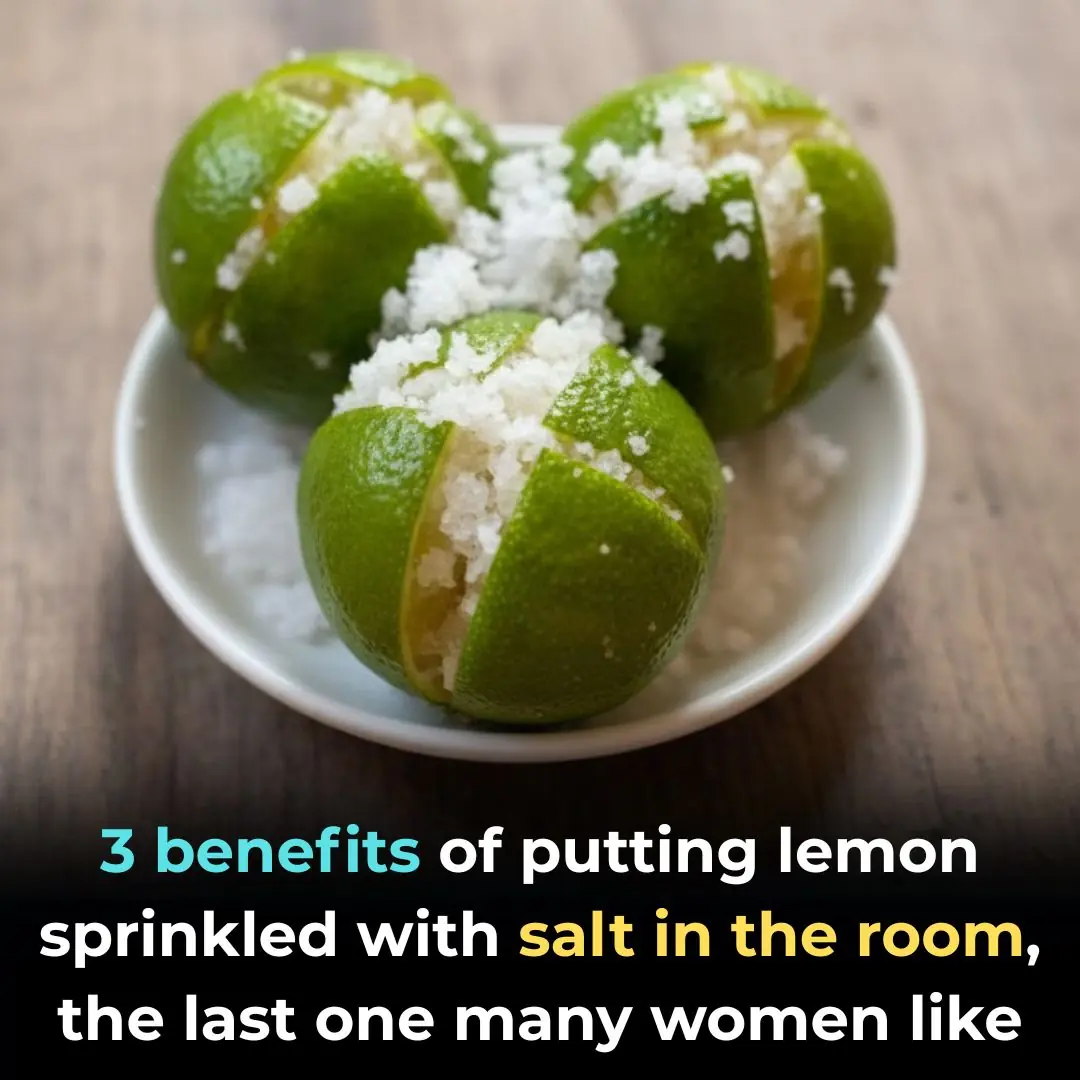
3 benefits of putting lemon sprinkled with salt in the room, the last one many women like
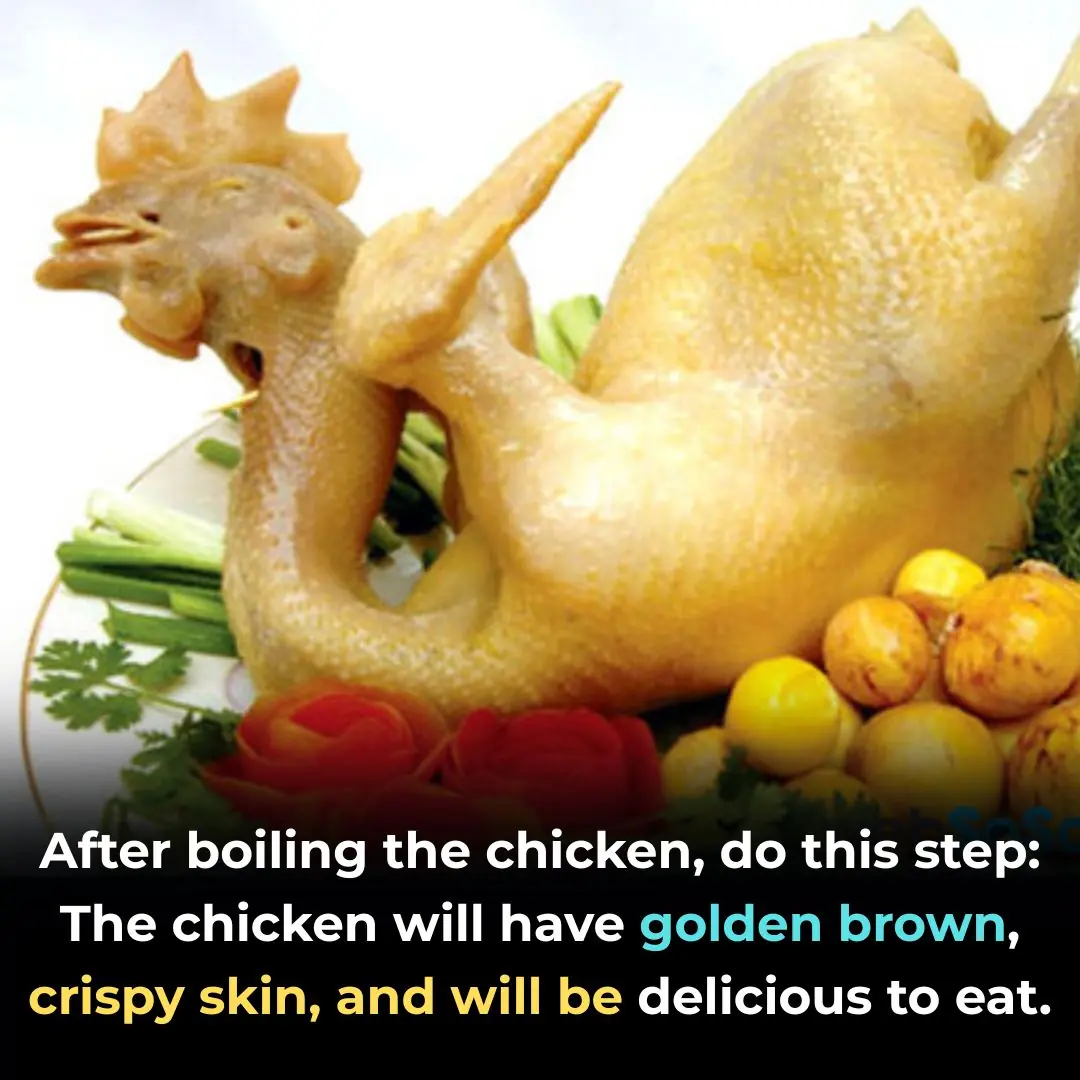
After boiling the chicken, do this step: The chicken will have golden brown, crispy skin, and will be delicious to eat.

Want to eat ripe jackfruit, don't 'absorb' chemicals, go to the market and choose this way

Steamed Tam: Put this water in, the heart will turn red later, the meat will be firm and flavorful.
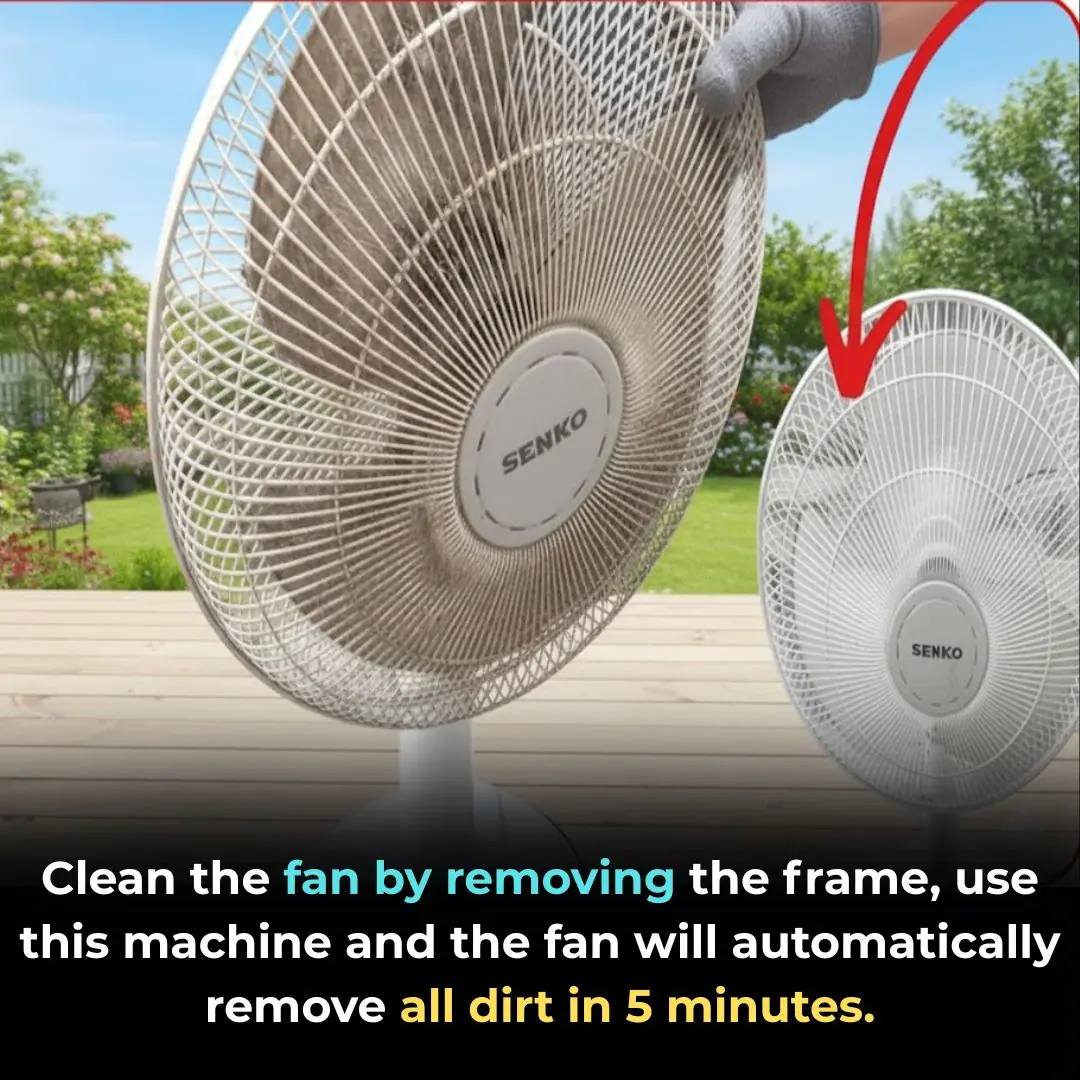
Clean the fan by removing the frame, use this machine and the fan will automatically remove all dirt in 5 minutes.

How to Reduce Freckles for a More Even and Radiant Skin Tone
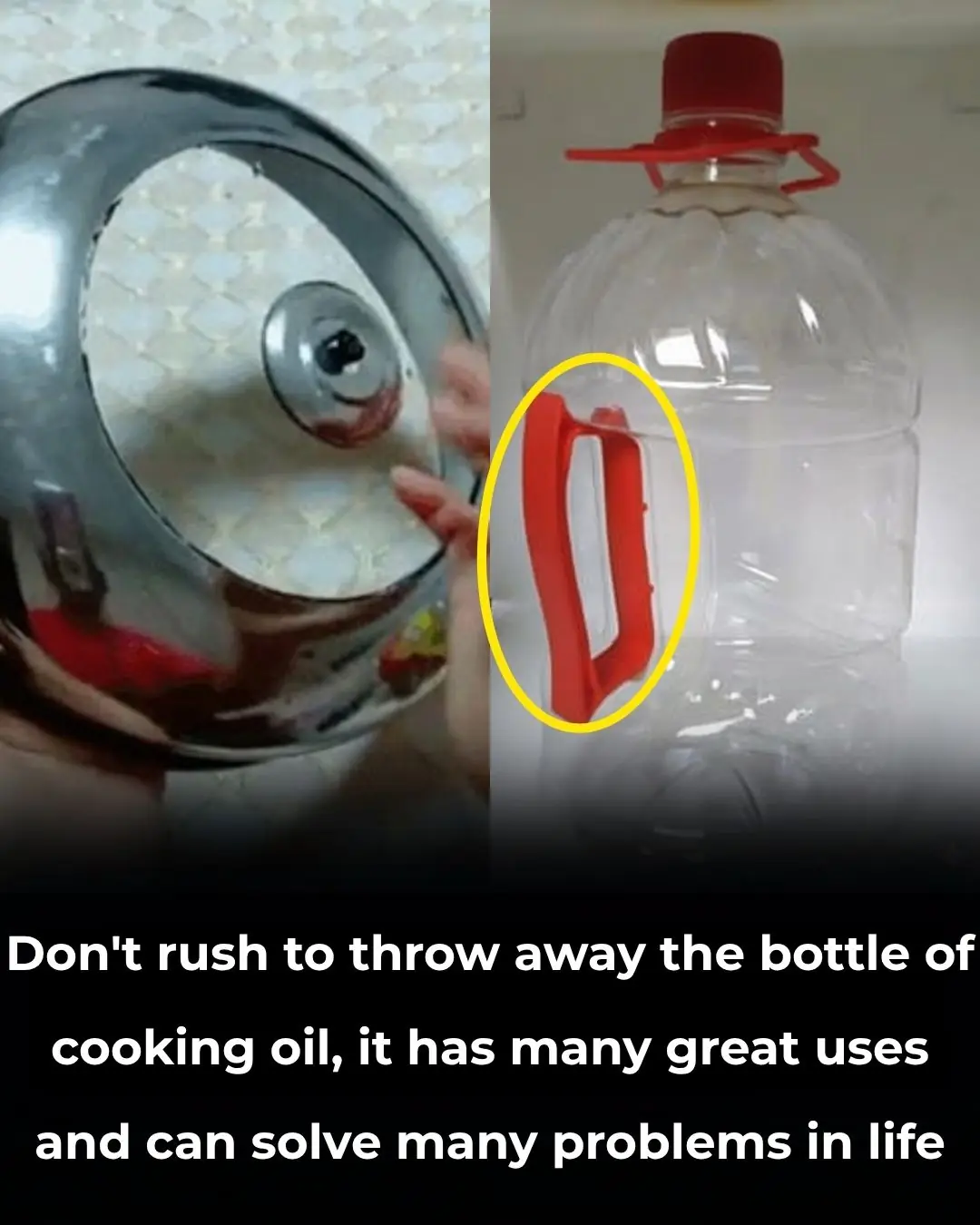
Don’t Throw Away the Handle of Your Used Cooking Oil Bottle — It Has Many Surprising Uses in Everyday Life

Pour essential oil into white vinegar, solve the biggest problem in the house, many people regret not knowing
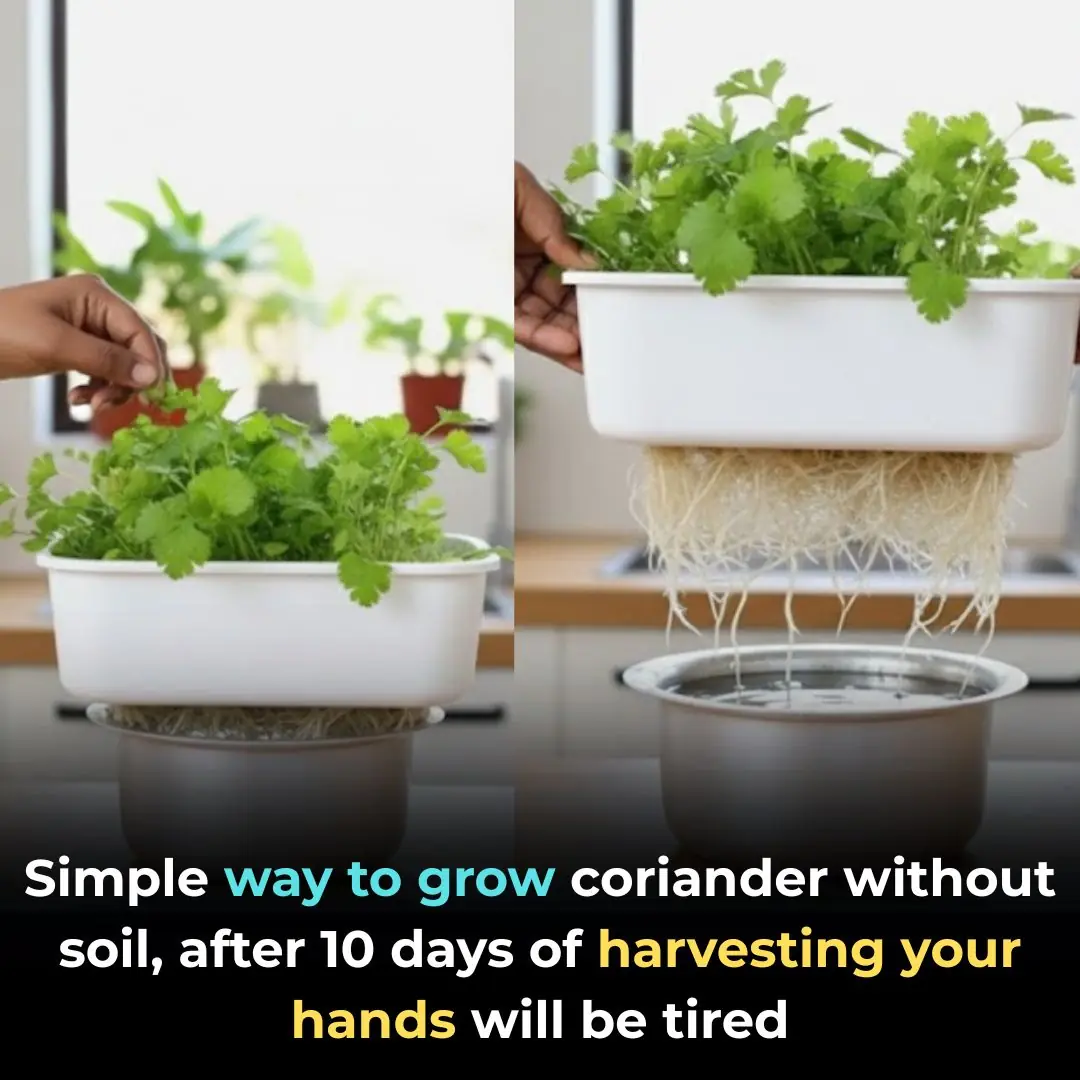
Simple way to grow coriander without soil, after 10 days of harvesting your hands will be tired
News Post

Don’t Eat Tofu Right After Buying It — Freeze It First for a Magical Effect: You’ll Wish You Knew This Sooner

Pour This Liquid Into the Drain – The Unpleasant Odor in Your Bathroom Will Quickly Disappear
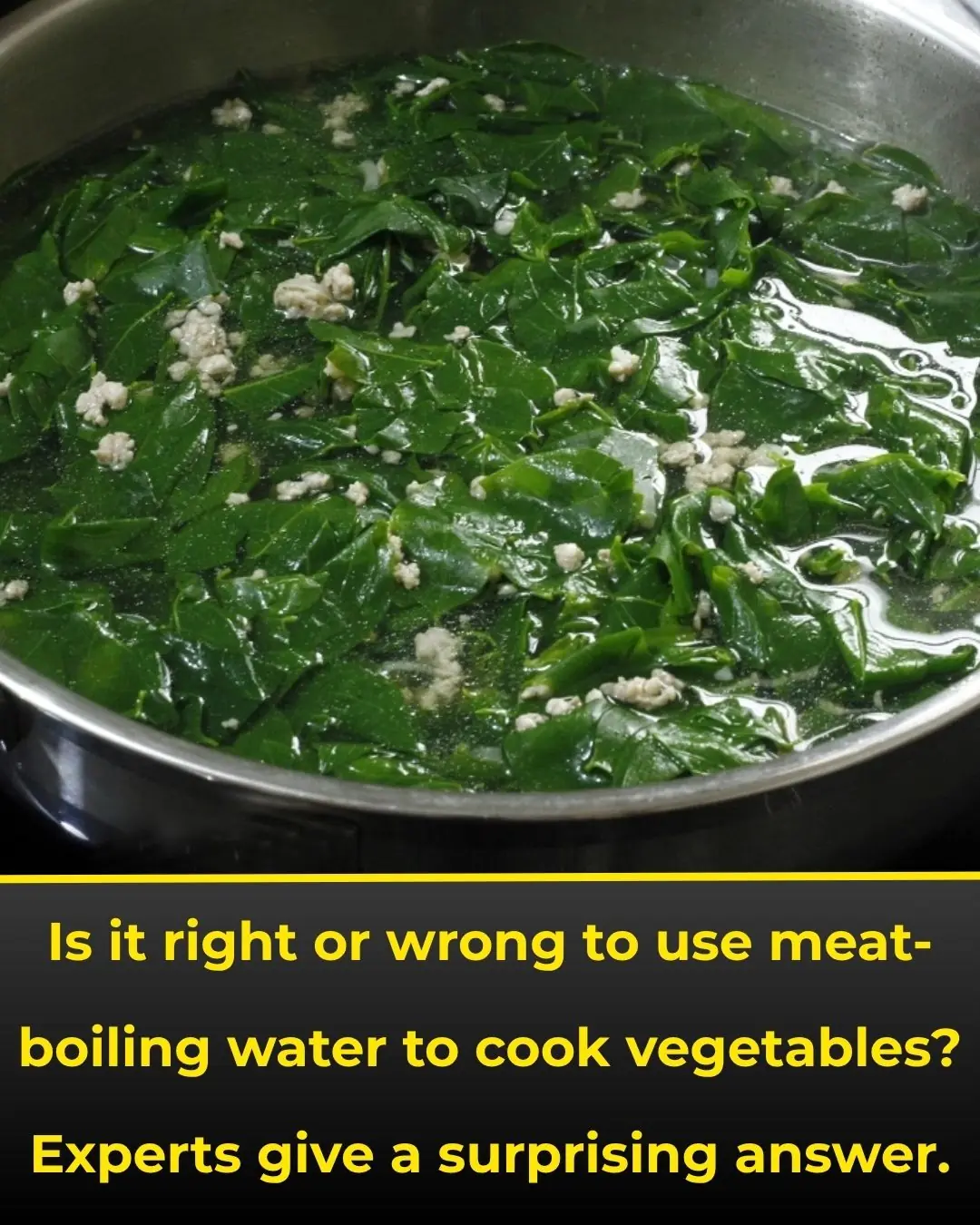
Is It Safe to Use Meat Broth for Cooking Vegetables? Nutrition Experts Give a Surprising Answer

8 Plants Snakes Hate: Grow These Around Your Home to Keep Them Away Naturally
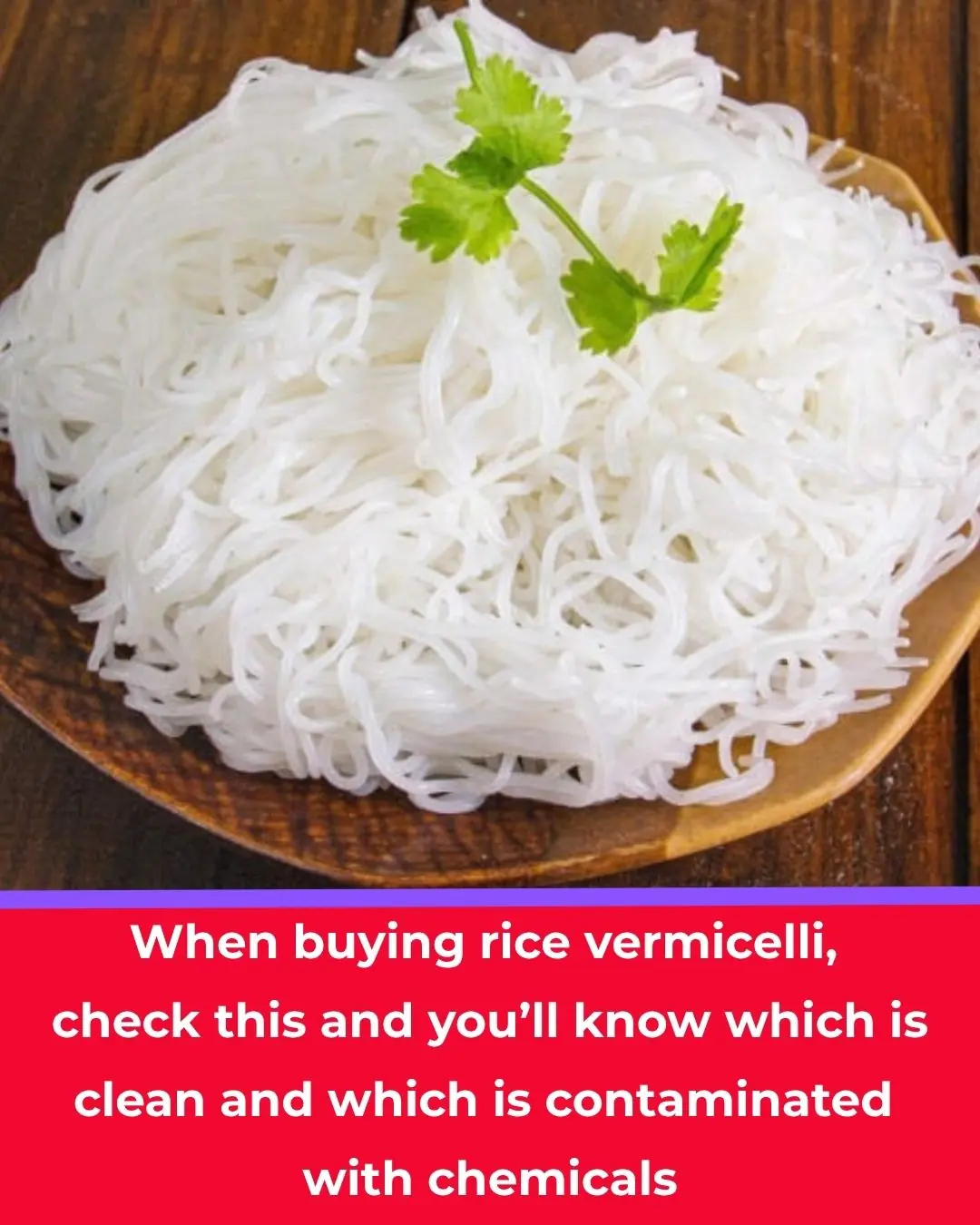
How to Tell If Your Rice Noodles Are Safe — The Simple Clue That Reveals Hidden Chemicals

The 3 Golden Times to Drink Green Tea — Boosting Both Health and Beauty

Get Rid of Termites in Wooden Doors Easily – Keep Your Wood Beautiful for 10 Years
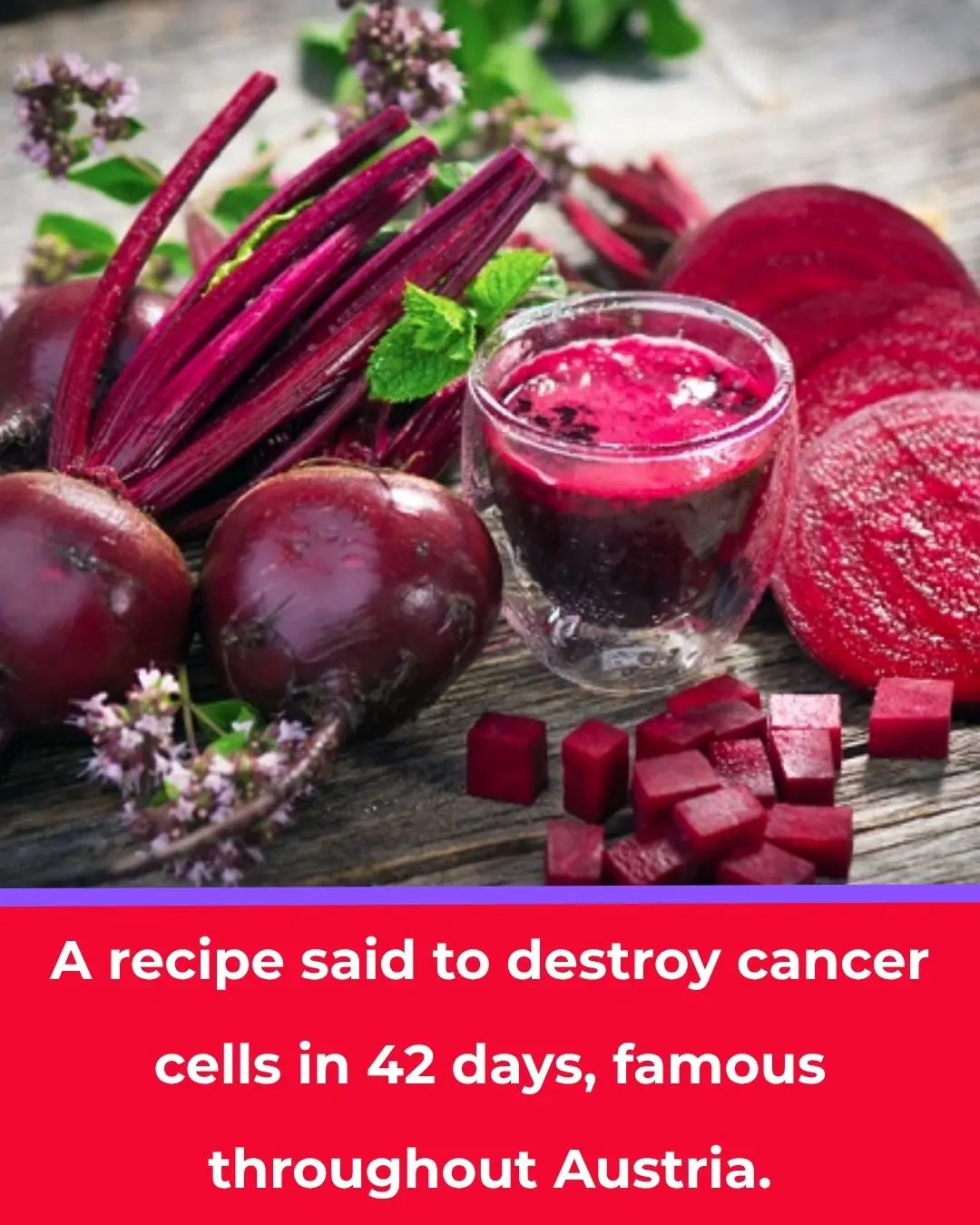
The Famous 42-Day “Breuss Juice” Diet from Austria: Origins, Recipe, and What Science Says

What you see reveals your personality
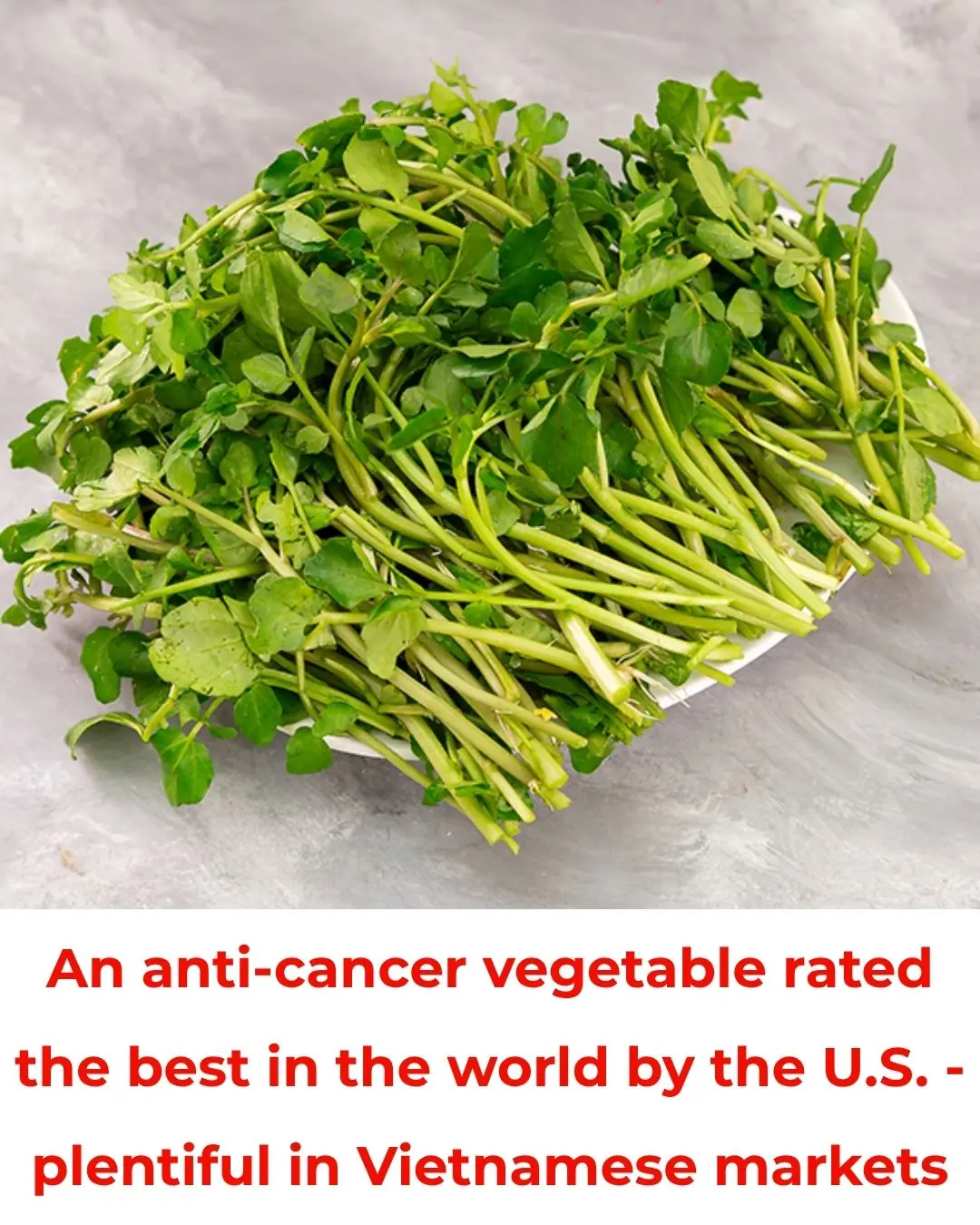
The World’s Healthiest Vegetable, Rated #1 by the U.S. CDC — and It’s Abundant in Vietnam

What Really Happens When You Drink Coffee Every Morning

What Happens When You Eat 3 Whole Eggs Every Day…You’ll Be Surprised What It Does To Your Body!

Why Your Neighbor’s Jar of Starfruit in Rock Sugar Might Be a Hidden Health Remedy
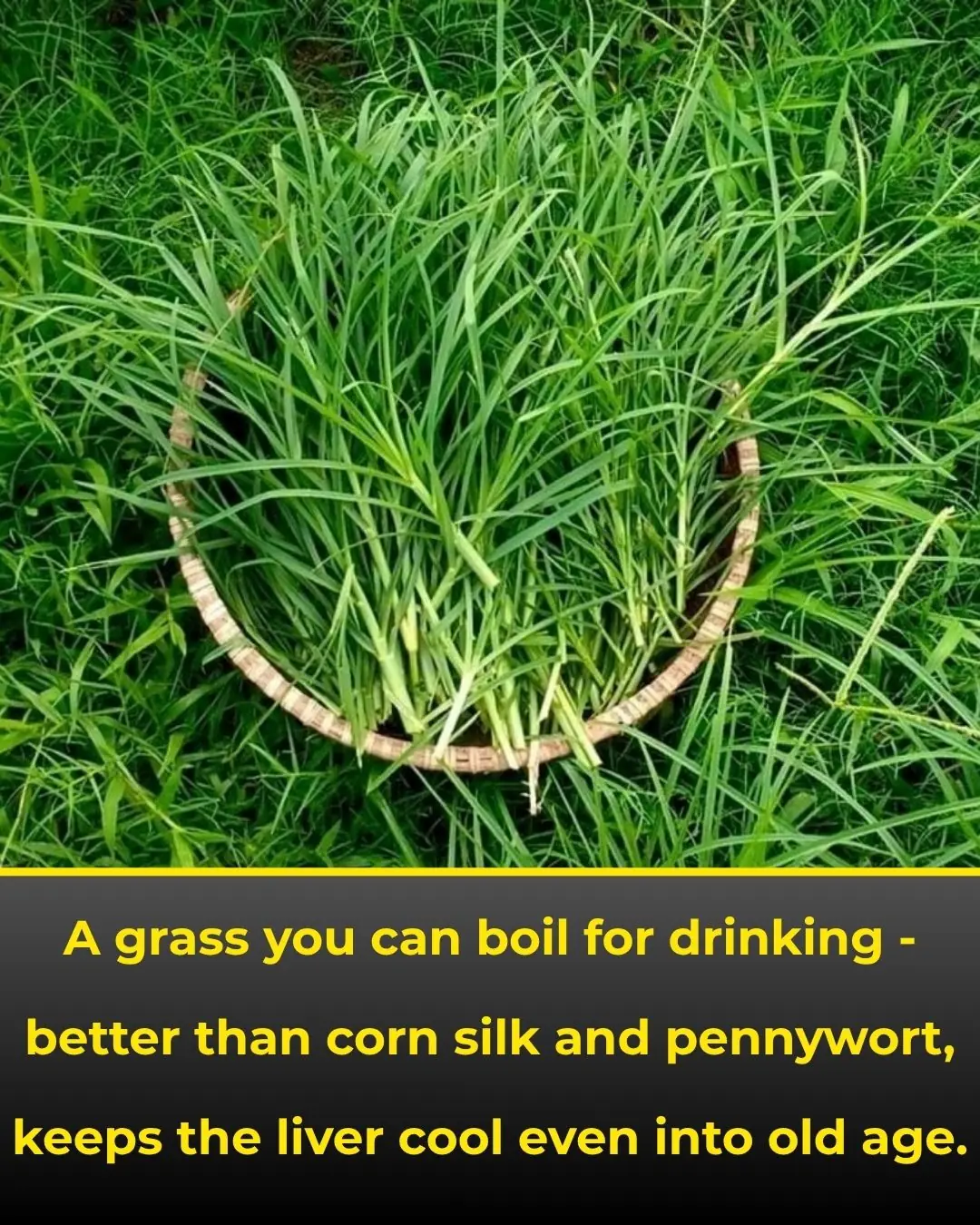
The Medicinal Properties of Eleusine indica (Goosegrass) in Traditional and Modern Medicine

This Is What Happens To Your Body The Day You Stop Eating Bread

‘This Man Can’t Do Nothing Right’: Jonathan Owens’ Steamy On-Field Video with Simone Biles Has the Internet Divided as Fans Rush to Their Defense

Serena Williams Becomes Part Owner of Canada’s First WNBA Team, Toronto Tempo

Meet The Woman Who Single-Handedly Preserved Over 30 Years Of TV History

14 Symptoms of Liver Damage You Need to Know
